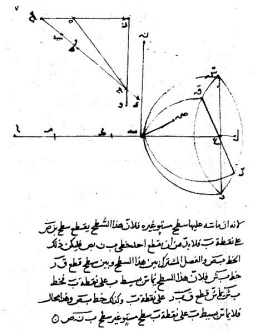 The previous post showed how magnification changes with various lengths of extension tube, using a simple inexpensive fixed focal lens. Today, I want to show how changing other factors can affect your pictures, and for this I'm going to use a much more expensive lens, a 70-200mm telephoto lens.
The previous post showed how magnification changes with various lengths of extension tube, using a simple inexpensive fixed focal lens. Today, I want to show how changing other factors can affect your pictures, and for this I'm going to use a much more expensive lens, a 70-200mm telephoto lens.
Here's the maximum magnification we got yesterday with the 50mm lens:
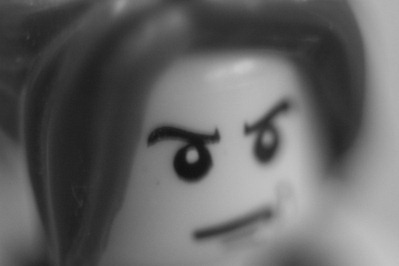
Here is the best magnification we can get with the 70-200mm lens without tubes:
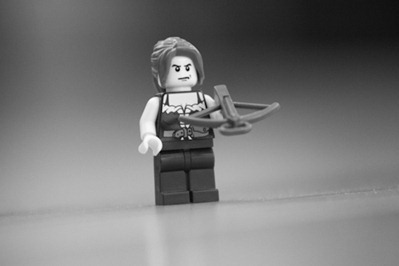
Now, all photos from now on are with 90mm of tube behind the lens. It's kind of a monster really:
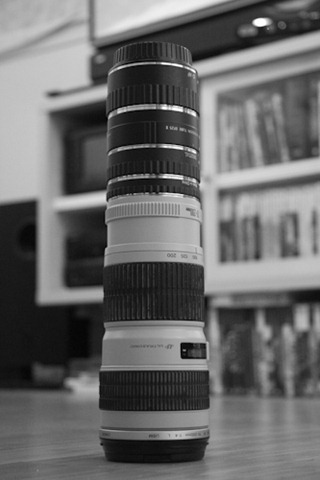
With a 200mm focal length and the tubes, here is the closest focus you can get:
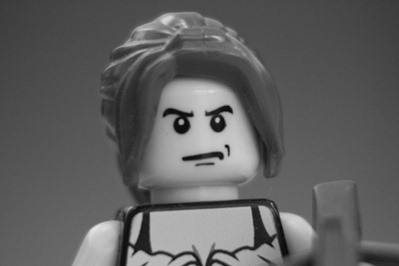
Notice the great depth of field. The same lens at 70mm, with the tubes, gives this result:
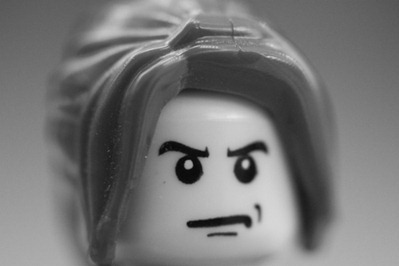
If you find it weird that a shorter focal gives greater magnification, you have to understand that the distance between the lens and the subject needed to be shortened between the two shots. So in effect, you'll get greater magnification for shorter focal lengths, all things being equal, as is confirmed by the 50mm shot at the start of the post.
Now we can play with the manual focus ring of the lens to see if it makes a big difference. All the above shots were made with the ring at 1.2m. The following shot is identical except that the ring is at infinity, and the distance to the subject has been modified accordingly:
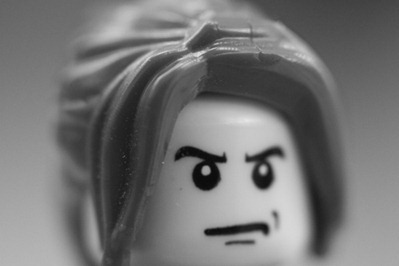
As you can see, it makes little difference. The magnification is a little greater by not by much, and depth of field seems to be a little shorter.
Now let's play with one setting that does make a difference: aperture. The following shot is taken at f/4 (the maximum aperture for this lens):
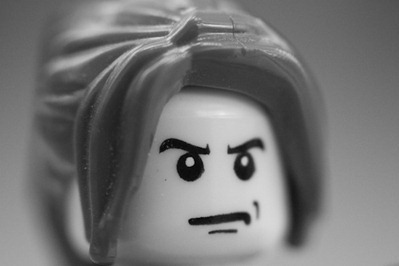
Now here is the exact same shot with f/32:
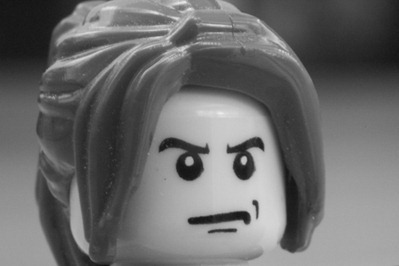
I really like this, because the depth of field is phenomenal when compared to the previous ones. The photo looks very natural. There is a price to this, though, as very little light is getting to the CCD, because of the very small aperture and the tubes. This is almost pinhole photography. Because of this, I had to pause for 15s to get this shot. Still, worth the result.
Using what we just learned, we can go back to the 50mm lens and try again with its minimal aperture (f/22):
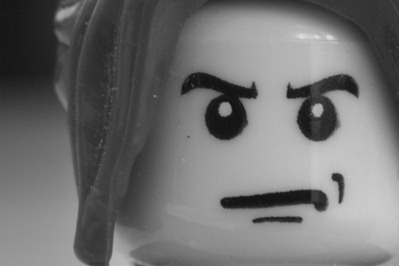
Great magnification without the field being so thin that almost no details are in focus, like was the case with the first picture of this post.
Bottom-line: use more tube and a small focal for greater magnification, and use minimal aperture for usable depth of field. Finally, use a tripod as you're going to wait a long time for your shots.